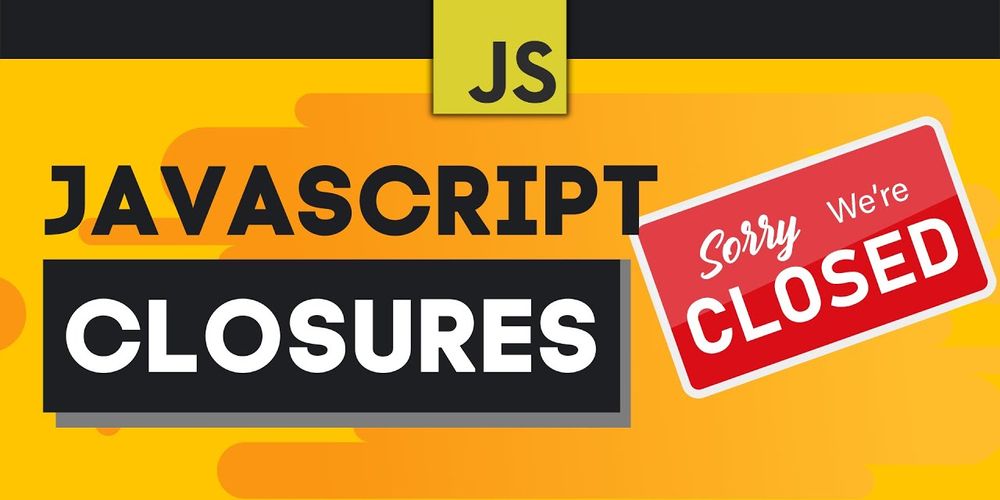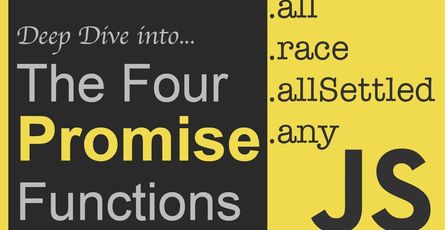Javascript Series: Exploring the Power of Closures
-
 Samuel Dang
Samuel Dang
- June 12, 2023

Closures are an important concept in JavaScript but are often misunderstood. They are a powerful feature in this language that allows us to create encapsulated scopes and protect data. In fact, closures are widely used in various aspects of JavaScript programming. In this article, we will explore closures in an easy-to-understand and interesting way.
What are Closures?
A closure in JavaScript is a function created inside another function and has access to the variables and parameters of the outer function. Simply put, a closure remembers the environment in which it was created, including local variables, parameters, and even other functions.
Applications of Closures
- Data Protection: Closures allow us to create “private” variables that can only be accessed and modified through functions within the closure. This ensures that the data is not compromised from the outside and can only be accessed through the closure’s functions.
function createCounter() {
let count = 0;
return {
increment: function() {
count++;
},
decrement: function() {
count--;
},
getCount: function() {
return count;
}
};
}
const counter = createCounter();
counter.increment();
counter.increment();
counter.decrement();
console.log(counter.getCount()); // Output: 1In this example, we use closures to protect the count variable from external access and modification. Only the methods within the closure can manipulate the count variable, ensuring the privacy and safety of the data.
- Emulating Static Scope: Closures allow us to create variables that function like global variables within the scope of a function, even if they are not declared in the global scope. This helps reduce variable name conflicts and creates a tightly encapsulated code mechanism.
function createCalculator() {
let result = 0;
return {
add: function(num) {
result += num;
},
subtract: function(num) {
result -= num;
},
multiply: function(num) {
result *= num;
},
divide: function(num) {
result /= num;
},
getResult: function() {
return result;
}
};
}
const calculator = createCalculator();
calculator.add(5);
calculator.multiply(2);
calculator.subtract(3);
console.log(calculator.getResult()); // Output: 7In this example, closures help us create a “static scope” for the result variable. Each method within the closure can access and modify the value of result without declaring it in the global scope.
- Creating Callback Functions:: Closures are often used to create callback functions in JavaScript. When we pass a function as a parameter to another function, closures retain the variables and parameters of the original function for use in the callback function. This allows us to work with asynchronous code flexibly and efficiently.
function fetchData(url, callback) {
// Send a network request to the URL
// When complete, invoke the callback function and pass the received data
const data = 'Data from the request';
callback(data);
}
function processResponse(response) {
console.log('Received data:', response);
}
fetchData('https://api.example.com/data', processResponse);In this example, we use closures to create the processResponse callback function and pass it to fetchData. The closure retains the value of processResponse to use when the network request is completed and data is returned. This allows us to handle the result flexibly within the callback function.
Example of Closures
function outerFunction() {
var outerVariable = 'Hello';
function innerFunction() {
console.log(outerVariable);
}
return innerFunction;
}
var myFunction = outerFunction();
myFunction(); // Output: 'Hello'In the above example, innerFunction is a closure. It can access the outerVariable within the scope of outerFunction, even after outerFunction has finished executing. When we call outerFunction and store the result in myFunction, we create a closure that can be invoked later to display the value of outerVariable.
Conclusion
Closures are an important and powerful feature in JavaScript. They allow us to create encapsulated scopes, protect data, emulate static scopes, and create callback functions. By utilizing closures, we can write more flexible, secure, and efficient JavaScript code.


